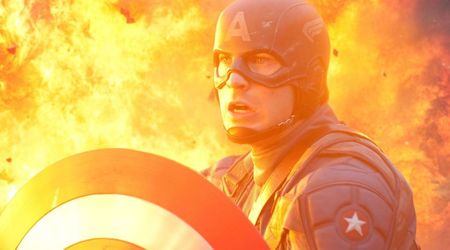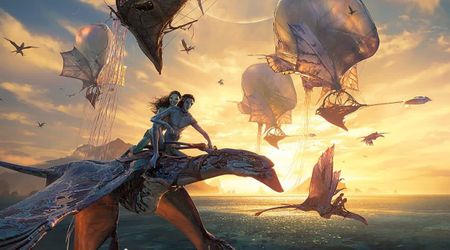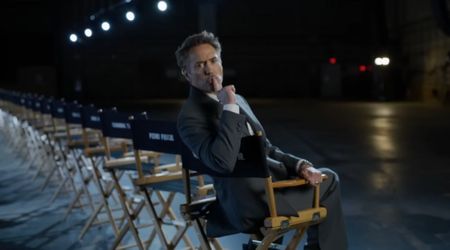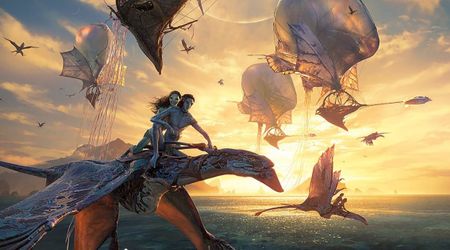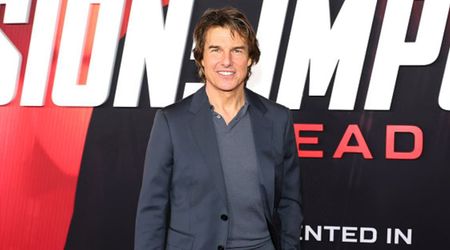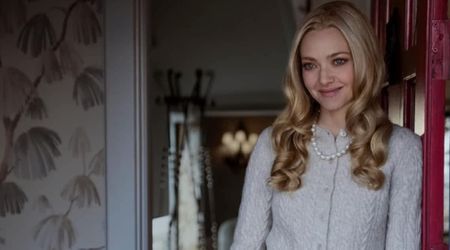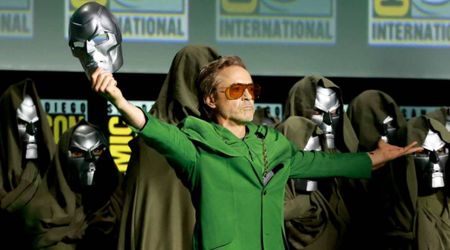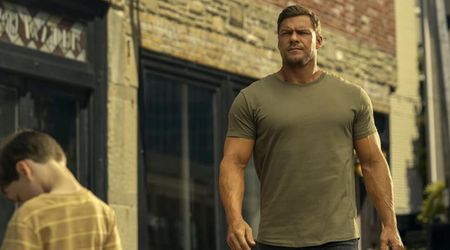The true story behind Henri Charrière, the French convict who is the inspiration behind 'Papillon'

The Rami Malek and Charlie Hunnam-starring 'Papillon' is set for an August 24 release. Directed by Michael Noer, the biographical drama chronicles the story of French convict Henri Charrière (nicknamed Papillon) and the extraordinary story of his imprisonment and escape from a notorious prison located on Devil's Island in French Guiana.
The film was received well upon initial premiere at the 2017 Toronto International Film Festival and once again drew attention to Charrière's incarceration and oft-miraculous escape, which the former convict detailed in his autobiography of the same name in 1969. On release, the book became an instant sensation in France, garnering widespread fame and critical acclaim, becoming a number 1 bestseller and earning its place in the list of modern classics.


